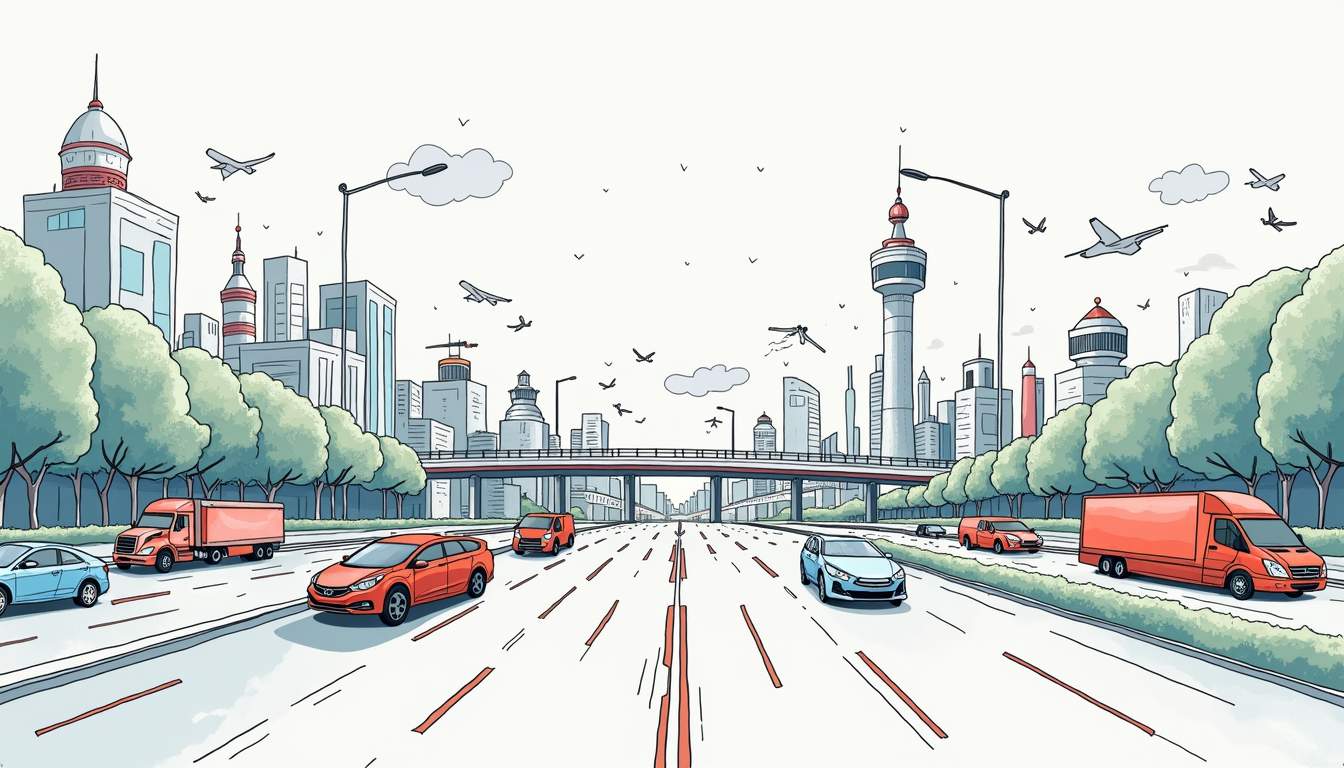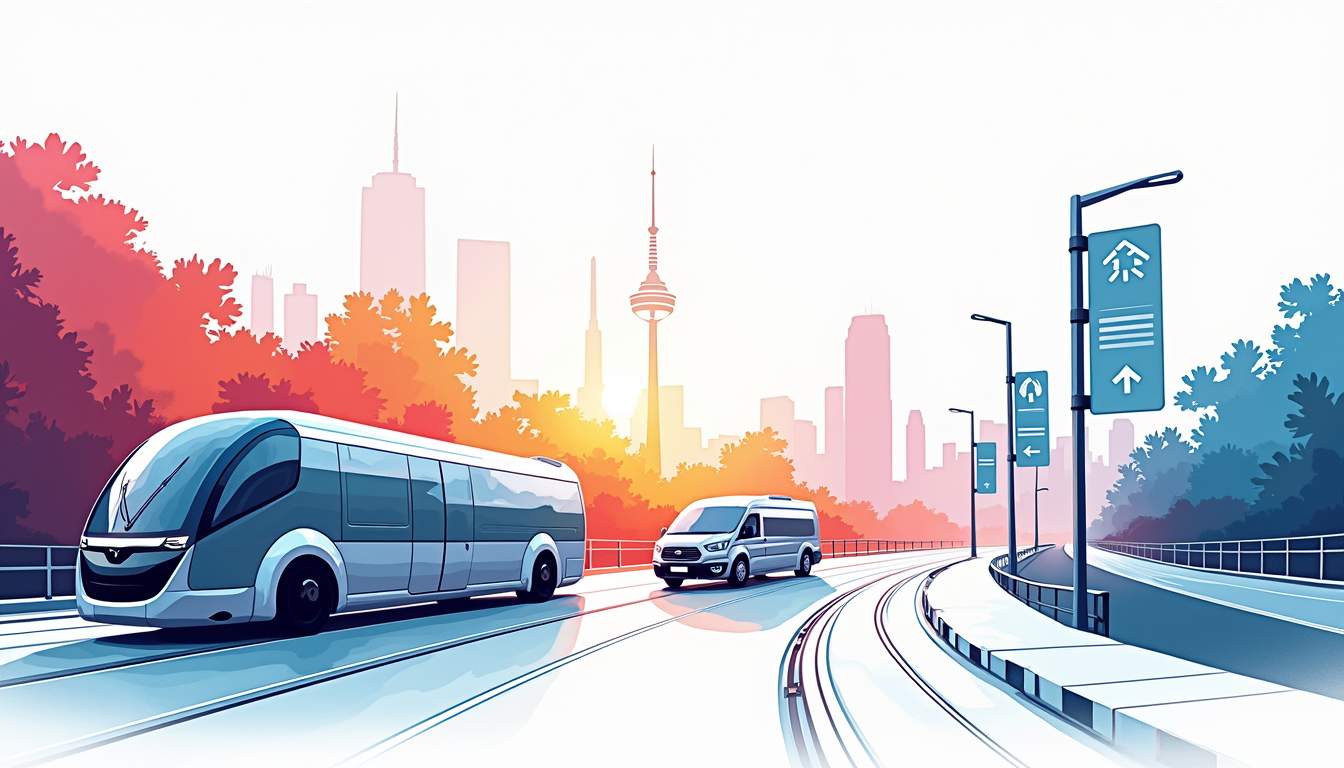Defining the Objective of VR in transportation
In any transport initiative, defining clear objectives is paramount. These objectives serve as a roadmap, guiding decisions and actions throughout the project. Without a well-defined goal, efforts can become scattered, leading to inefficiencies and missed opportunities.
Importance of Setting Clear Goals
Setting clear goals is essential for ensuring that all stakeholders understand the desired outcomes. Goals should be specific, measurable, achievable, relevant, and time-bound (SMART). This clarity fosters alignment among team members and helps in prioritizing tasks effectively.
Moreover, clear objectives enable better communication with external partners and stakeholders. When everyone is on the same page, collaboration becomes more streamlined, which is particularly important in the transport sector, where multiple entities often work together. For example, a logistics company collaborating with local governments and suppliers can better coordinate schedules and resources when all parties are aware of the specific goals and timelines.
Additionally, having clearly defined objectives allows for the establishment of key performance indicators (KPIs) that can be monitored throughout the project. These KPIs not only help in tracking progress but also facilitate timely adjustments to strategies when necessary, ensuring that the project remains on course toward achieving its goals.
Aligning Objectives with Overall Strategy
Aligning transport objectives with the overall strategy of an organization is crucial for maximizing impact. This alignment ensures that transport initiatives support broader business goals, such as enhancing customer satisfaction, reducing costs, or improving sustainability.
For instance, if a company’s strategy focuses on sustainability, its transport objectives might include reducing carbon emissions or optimizing routes to minimize fuel consumption. Such alignment not only enhances the effectiveness of transport initiatives but also demonstrates a commitment to corporate responsibility. Furthermore, integrating sustainability into transport objectives can lead to innovative practices, such as adopting electric vehicles or utilizing alternative fuels, which can significantly improve the organization’s public image and attract environmentally conscious consumers.
Moreover, aligning transport objectives with the overall strategy can also foster a culture of accountability within the organization. When employees understand how their roles contribute to larger strategic goals, they are more likely to take ownership of their tasks and strive for excellence. This sense of purpose can lead to increased motivation and productivity, ultimately benefiting the organization as a whole.
Identifying the Challenge of VR in transportation
Once objectives are defined, the next step is to identify the challenges that may hinder progress. The transport sector faces a myriad of obstacles, ranging from regulatory hurdles to technological limitations.

Common Obstacles Encountered
Some common obstacles in transport initiatives include inadequate infrastructure, regulatory compliance issues, and resistance to change among staff. These challenges can slow down implementation and affect the overall success of the project.
Additionally, the rapid pace of technological advancement can create gaps in knowledge and skills among employees. Organizations must be proactive in addressing these gaps to ensure that their teams are equipped to leverage new technologies effectively.
Impact of Challenges on Outcomes
The impact of these challenges can be significant. Delays in project timelines, increased costs, and suboptimal performance are just a few potential outcomes. Furthermore, unresolved challenges can lead to dissatisfaction among customers and stakeholders, undermining trust and credibility.
To mitigate these risks, it is essential to conduct a thorough analysis of potential challenges during the planning phase. By anticipating obstacles, organizations can develop strategies to address them proactively, thereby enhancing the likelihood of successful outcomes.

